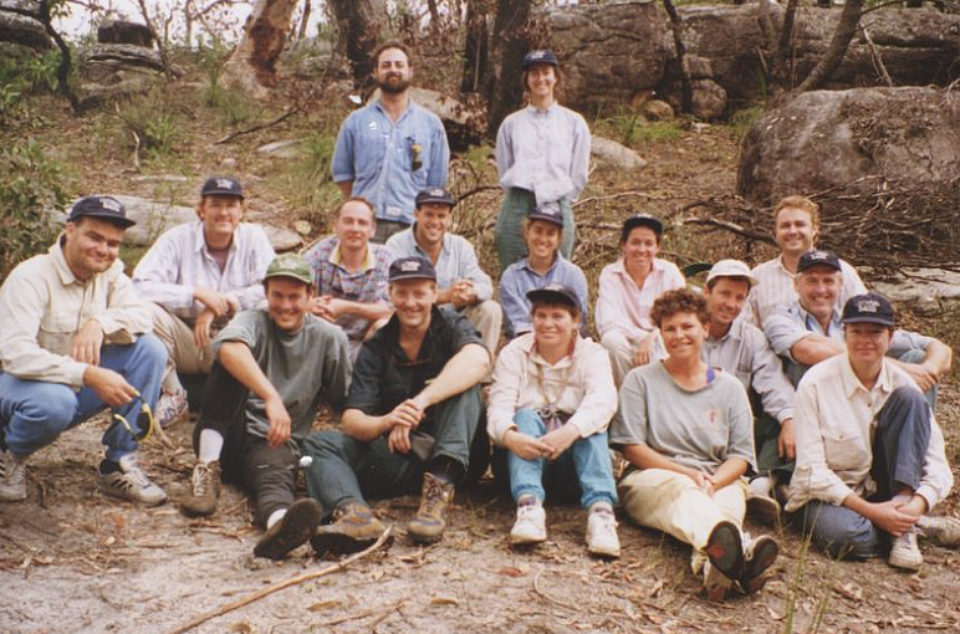
ICDA and BoardPro partnership unlocks digital governance tools for not-for-profits nationwide
Posted on 10 Dec 2025
Adele Stowe-Lindner, Executive Director, Community Directors The Institute of Community Directors…
Posted on 15 Jan 2024
By Matthew Schulz, journalist, Institute of Community Directors Australia

Australian fundraising leaders have warned not-for-profits to expect lower returns from their donation campaigns in 2024.

According to analysis of data from multiple sources, despite a partial recovery from the covid-19 donations slump, there continues to be a fall in “mass market” donations – donors giving less than $1000 – as cost-of-living pressures grow for average households.
Strategic fundraising expert Catherine Brooks of Wendy Brooks & Partners – and a member of ICDA’s Community Directors Council – said, “There are far fewer people within our community that can give at the moment, and that's obviously because of the rising cost of living.”
The Australian Centre for Philanthropy Studies last year revealed that while there had been a rise in tax-deductible donations in the 2021 financial year to $4.39 billion, most of that was driven by the top end of town. Just 28 per cent of taxpayers were givers, according to that report, representing the lowest proportion on record.
Professor Myles McGregor-Lowndes, one of the report’s authors and also a Community Directors Council member, noted at the time that the low rate marked the third successive year in which fewer than 30 per cent of taxpayers claimed tax-deductible donations.

Tom Duggan, the head of fundraising at Médecins Sans Frontières (MSF) – also known as Doctors without Borders – agreed that the cost of living could hit fundraising income in 2024.
“All the current signs suggest the cost-of-living crisis will stay with us well into 2024 [and] one of its key impacts on Australian non-profits has been on fundraising: people are less likely to give, and when they do, they are giving less.”
But he stressed that not-for-profit leaders should think carefully before abandoning fundraising campaigns.
“Boards should monitor fundraising results carefully. There will be a strong temptation to pull back on donor acquisition activities that have poor initial cash flow. However, the organisations who bounce back strongly from challenging economic environments are the ones that keep a 5–10-year view of the fundraising. As with commercial organisations those who invest in brand and building the customer base during a downturn will reap greater benefits on the other side.”

Another fundraising trend in 2024 will be a shift by Australian donors to more local causes, Mr Duggan believes.
“Since the outbreak of covid-19, many organisations have noted the Australian public turning more inward.
“Financially, organisations focused on supporting Australians doing it tough have flourished, with an outpouring of generosity. At the same time organisations dealing with traditionally progressive focuses – refugees or the environment – have struggled.
Domestic charities, he said, “should be making hay while the sun shines, investing in growth when it is cheapest.”
“Financially, organisations focused on supporting Australians doing it tough have flourished, with an outpouring of generosity."
GiveNow executive director Cathy Truong said organisations should shore up their existing support base. She stressed that even if donations had fallen as much as 5 per cent in recent years, the vast majority of donors were still active.
“Organisations also need to focus on what they have, as well as seeking to counter any losses.”
“Continue to ask is my advice. Sure, organisations should keep things simple, given the smaller donor market is not a growth area in 2024, but I’ve seen many organisations ask effectively from that mass support base, winning great rewards for that effort.
She said when it came to reaching smaller donors, the most successful organisations shared some common traits.
“Those organisations that are well connected to their community and that can demonstrate meaningful results continue to receive well-deserved donations,” Ms Truong said.

Ms Brooks agreed that organisations pursuing emerging funding avenues should continue to cultivate community support and maintain effective campaigns, especially anything with a local focus.
She supported the strategy, often promoted by GiveNow, of seeking small, regular donations from supporters to generate strong regular income.
“We know from data that once you get someone to commit a regular monthly donation, you have very low attrition rates.”
She said it was vital to continue to thank donors, including encouraging board members to reach out to supporters with direct thank-you phone calls as part of a donor stewardship program.
The Albanese Government hopes that its push to “double” philanthropy by 2030 will arrest the decline in donations.
The main early recommendation of an interim report by the Productivity Commission, released in December, was to massively increase the number of charitable organisations able to claim DGR (deductible gift recipient) status.
The Commission wants to boost the number of DGR-status charities by 15,000 to 40,000. This would enable those charities to attract more donations from taxpayers, by providing a tax bonus for giving. The government hopes this will go a long way to boosting that flagging area of support.
Community Directors Intelligence will be examining fundraising in more detail in its March 2024 edition.

Posted on 10 Dec 2025
Adele Stowe-Lindner, Executive Director, Community Directors The Institute of Community Directors…

Posted on 10 Dec 2025
The Australia Institute has called on the federal government to force Australian businesses to be…

Posted on 10 Dec 2025
Economic empowerment is essential to enabling recovery, restoring agency and preventing future…
Posted on 10 Dec 2025
A long-time advocate for rough sleepers in northern New South Wales has been named her state’s…

Posted on 10 Dec 2025
What a year 2025 has been, particularly at a national level where the Parliament and politics as we…

Posted on 10 Dec 2025
Anyone working in an organisation knows it: meetings follow one after another at a frantic pace. On…

Posted on 10 Dec 2025
As a qualified yoga instructor who learned the practice in her hometown of Mumbai, Ruhee Meghani…

Posted on 10 Dec 2025
Community Directors trainer Jon Staley knows from first-hand experience the cost of ignoring…

Posted on 10 Dec 2025
Stressed, overwhelmed, exhausted… if you’re on a not-for-profit board and these words sound…

Posted on 10 Dec 2025
The Institute of Community Directors Australia trains over 22,000 people each year, which gives us…

Posted on 09 Dec 2025
The late Sir Vincent Fairfax is remembered as a business leader, a chairman of AMP, and an active…

Posted on 08 Dec 2025
A pioneering welfare effort that helps solo mums into self-employment, a First Nations-led impact…